The right side of the cooling tower of MIT’s reactor has the new system installed, eliminating its plume of vapor, while the untreated left side continues to produce a steady vapor stream. (Image: MIT/courtesy of the researchers)
The white plumes of steam billowing from the cooling towers of nuclear power plants and other thermal power plants represent an opportunity to some—the opportunity to collect a valued resource, purified water, that is now lost to the atmosphere. A small company called Infinite Cooling is looking to commercialize a technology recently developed at the Massachusetts Institute of Technology by the Varanasi Research Group, whose work is described in an article written by David L. Chandler, of the MIT News Office, and published on August 3.
Left: An experimental setup showing a shielded detector. Right: A DT neutron source showing three disks of 6Li doped glass scintillator mounted on a photomultiplier tube. (Photos: MIT)
Neutron resonance transmission analysis (NRTA) was developed by researchers at Los Alamos National Laboratory to identify unknown materials inside a sealed object using a beam of neutrons from a laboratory-scale apparatus. Recognizing that the potential nuclear security applications of NRTA were limited by the size and location of the apparatus, Areg Danagoulian, an associate professor in the Massachusetts Institute of Technology’s Department of Nuclear Science and Engineering, began about five years ago to consider how NRTA could be made portable to examine materials on location.
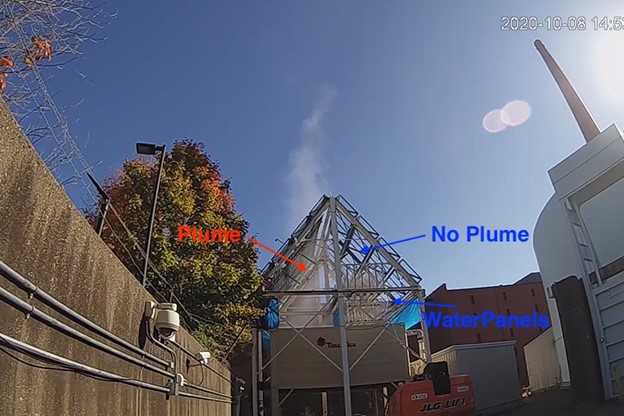


.jpg)
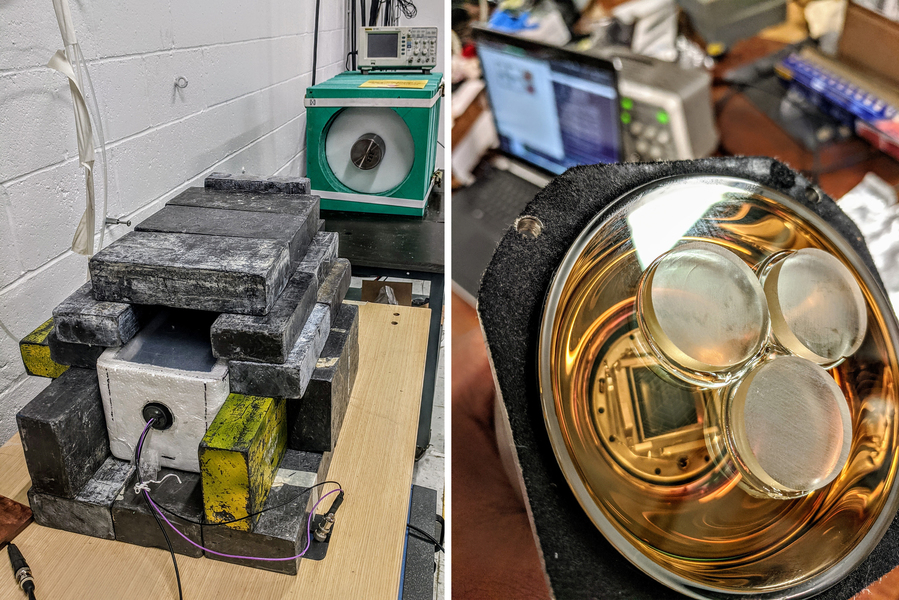
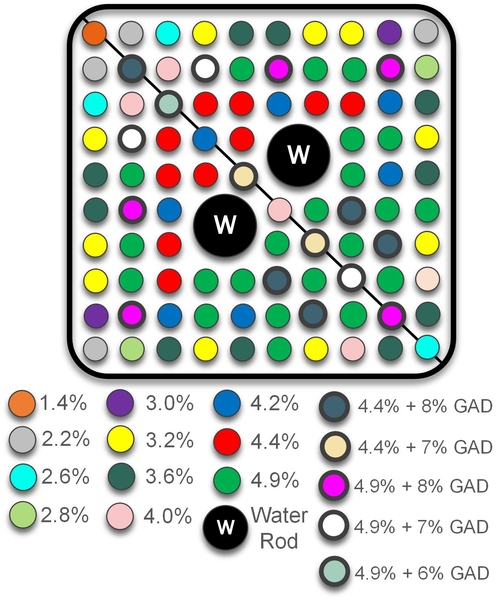

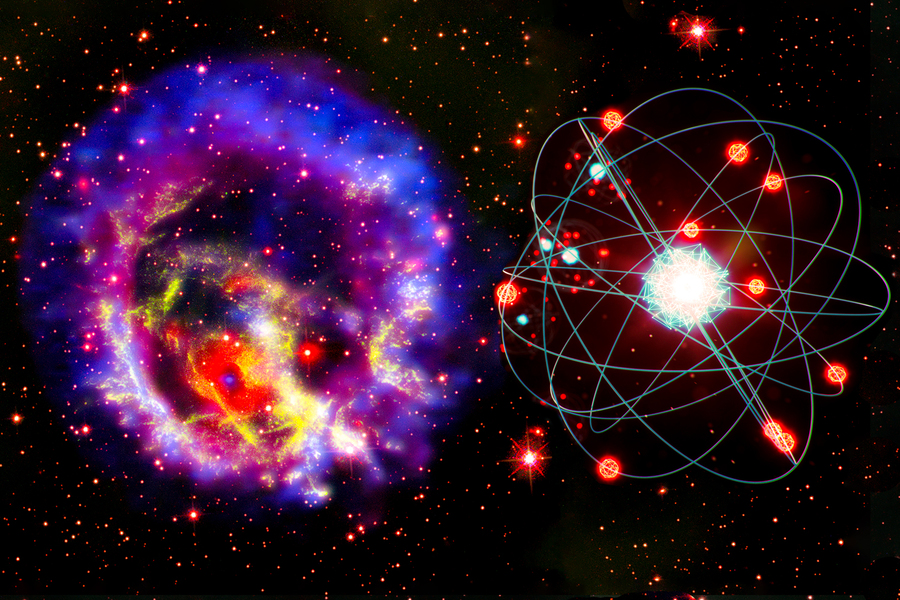
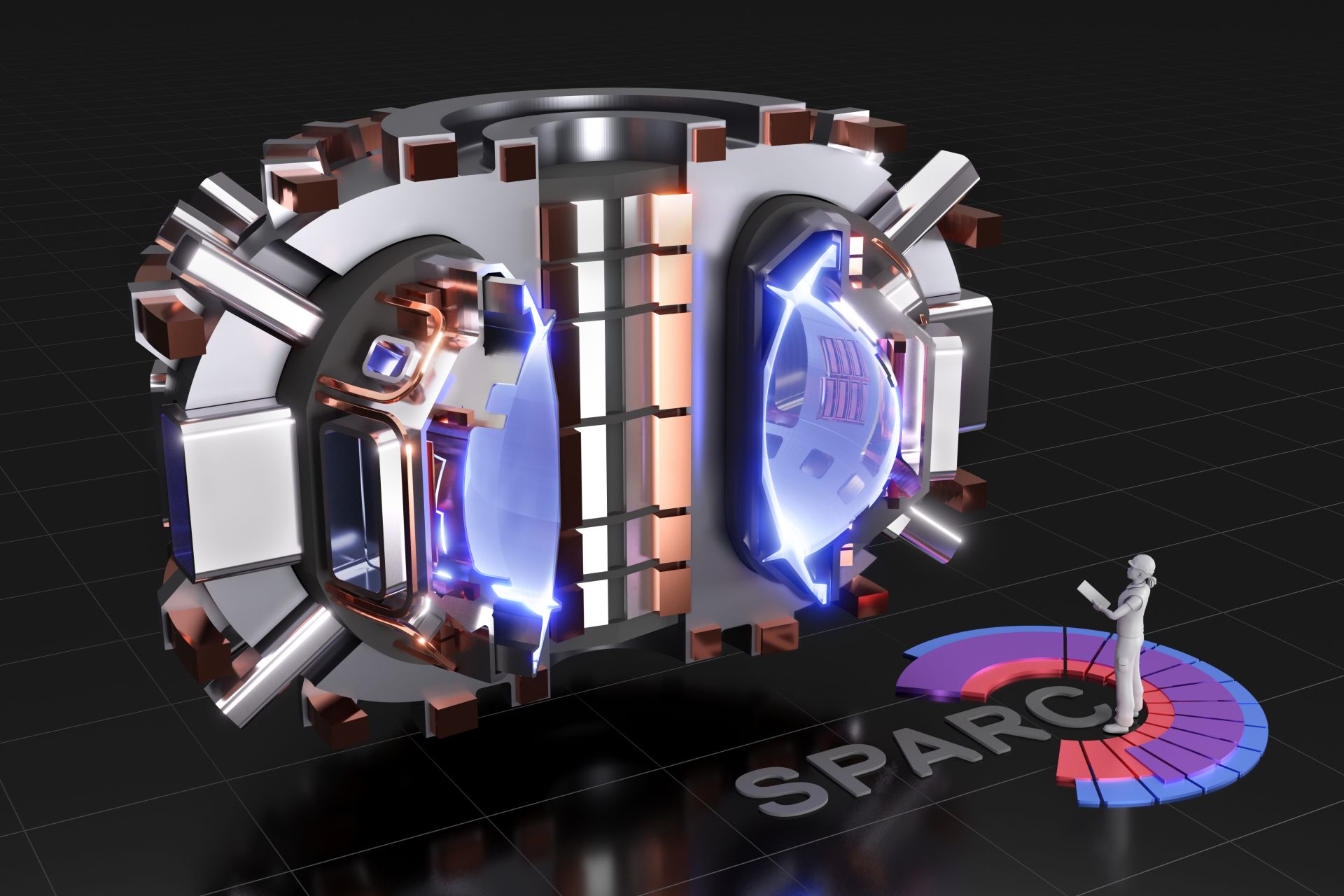
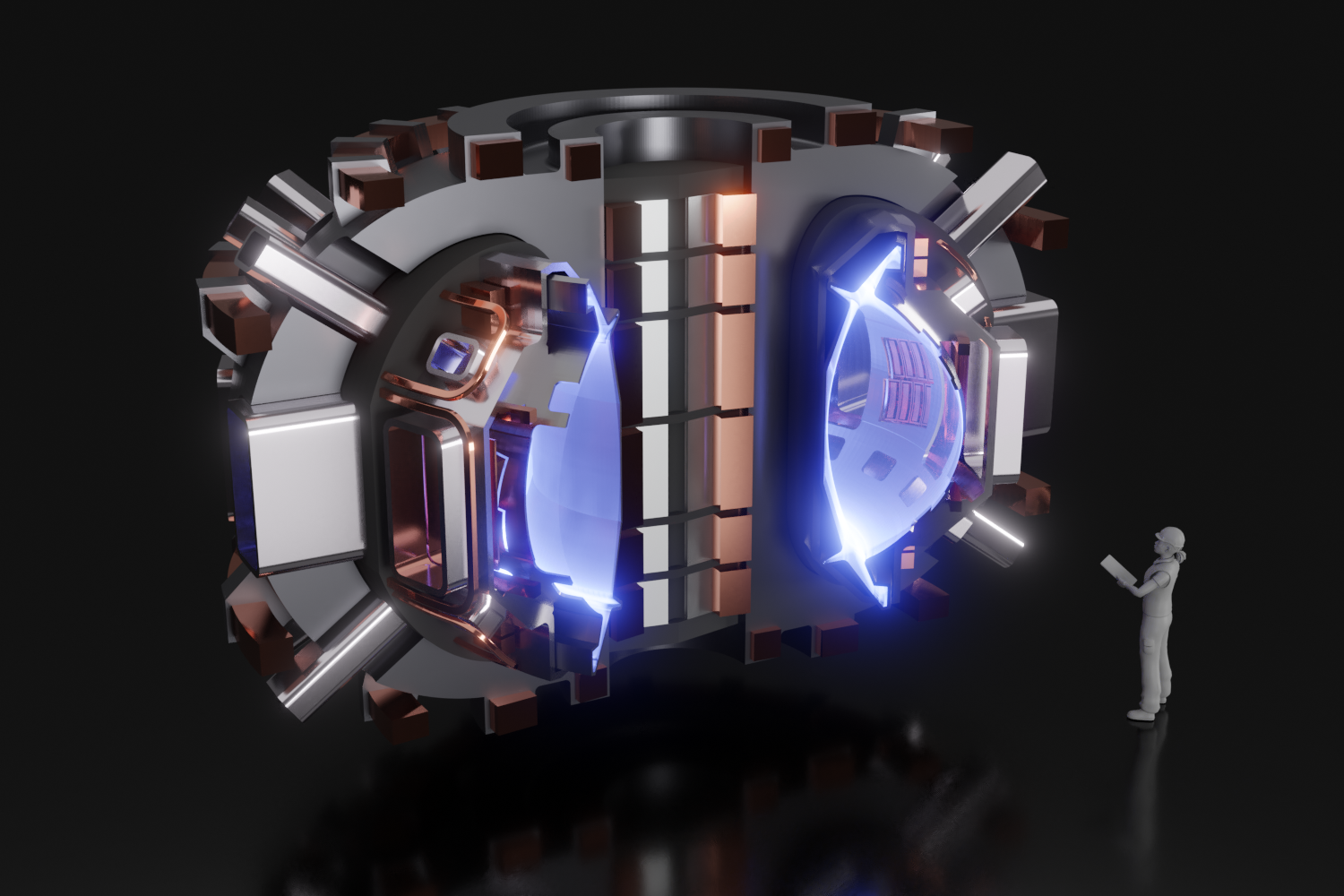
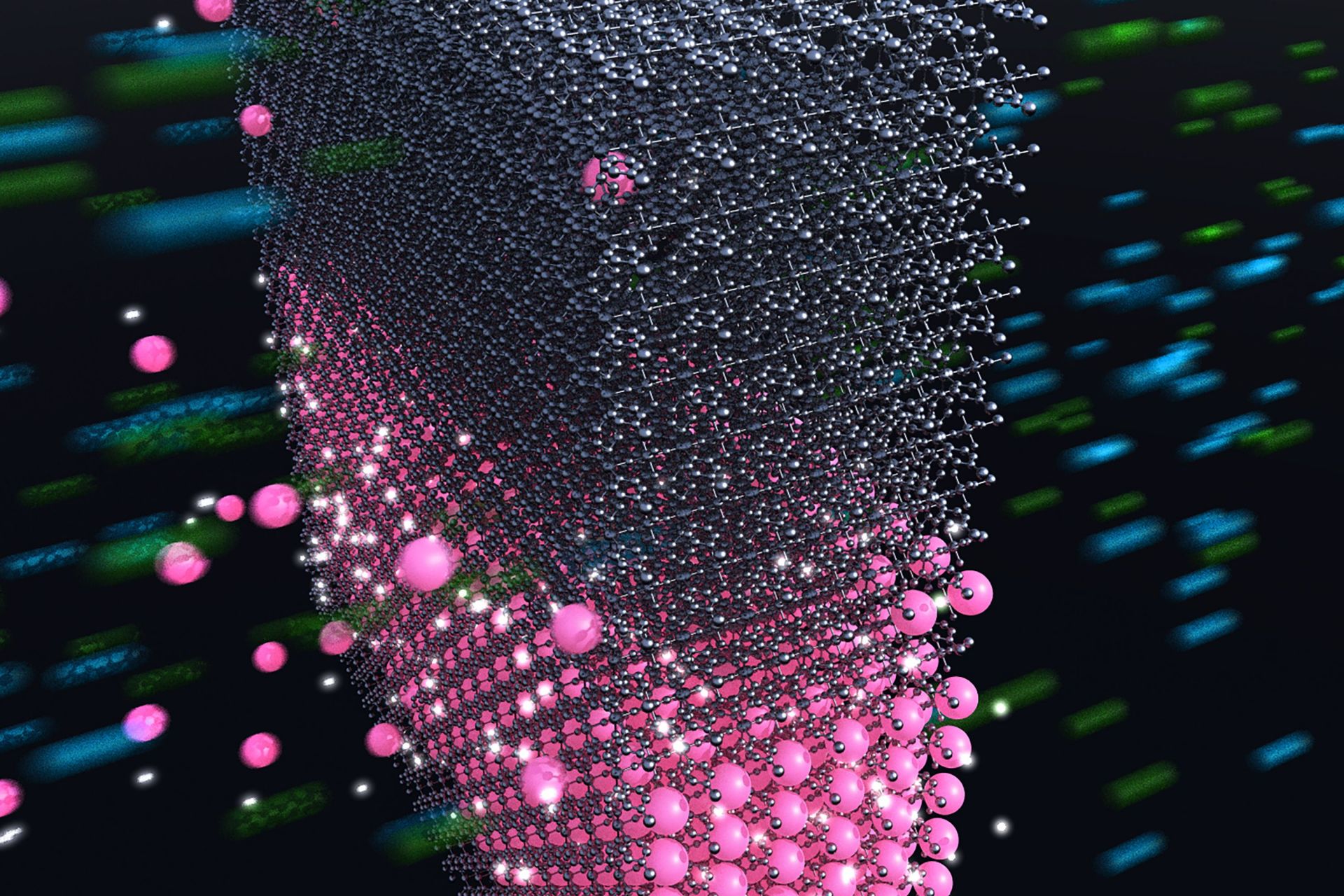
 Benoit Forget, associate professor of nuclear science and engineering at the Massachusetts Institute of Technology, was honored with the 2013 ANS Landis Young Member Engineering Achievement Award. The award recognizes outstanding achievement for effectively applying engineering knowledge to yield a new principle, concept, design, safety improvement, method of analysis, or product used in the nuclear energy enterprise.
Benoit Forget, associate professor of nuclear science and engineering at the Massachusetts Institute of Technology, was honored with the 2013 ANS Landis Young Member Engineering Achievement Award. The award recognizes outstanding achievement for effectively applying engineering knowledge to yield a new principle, concept, design, safety improvement, method of analysis, or product used in the nuclear energy enterprise. Recently I had the honor of joining the "
Recently I had the honor of joining the "